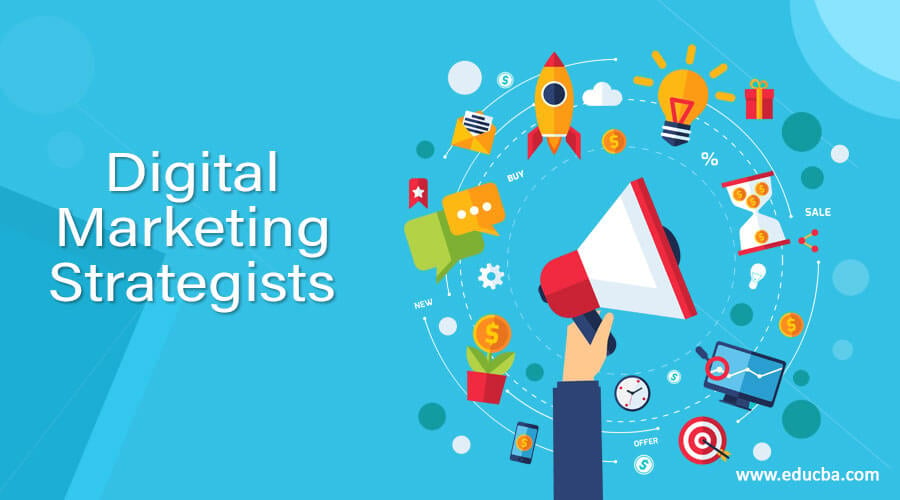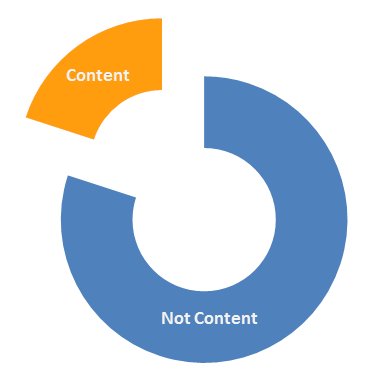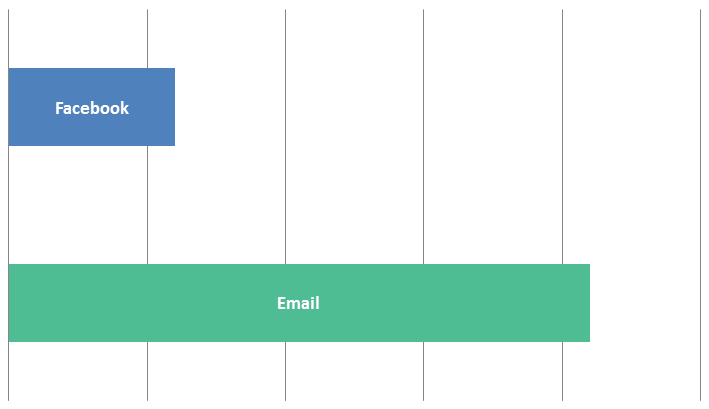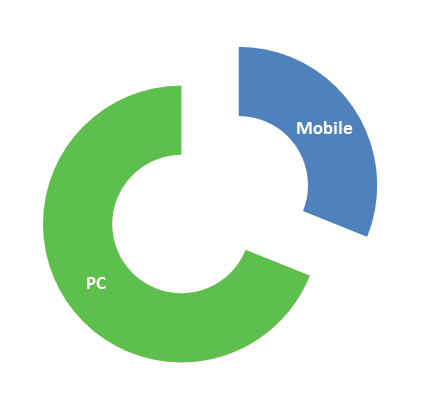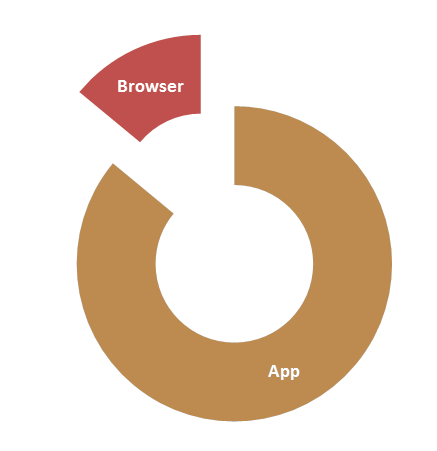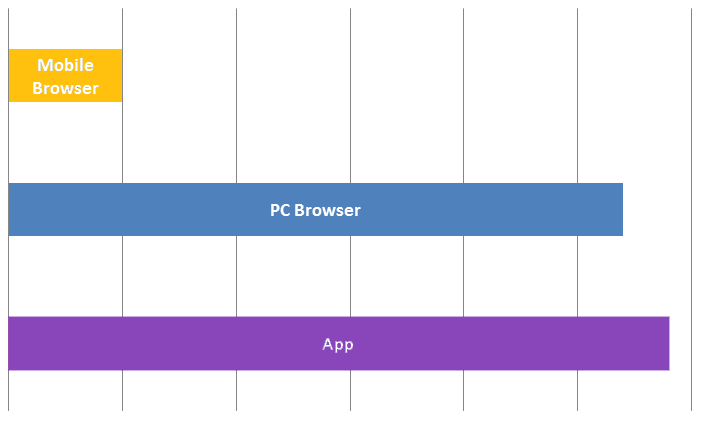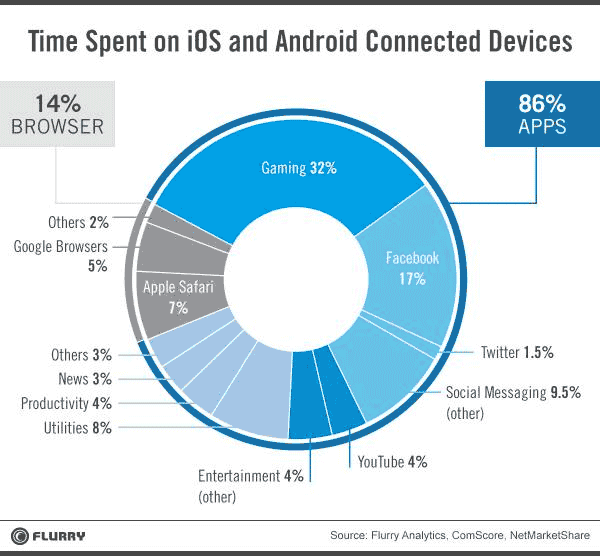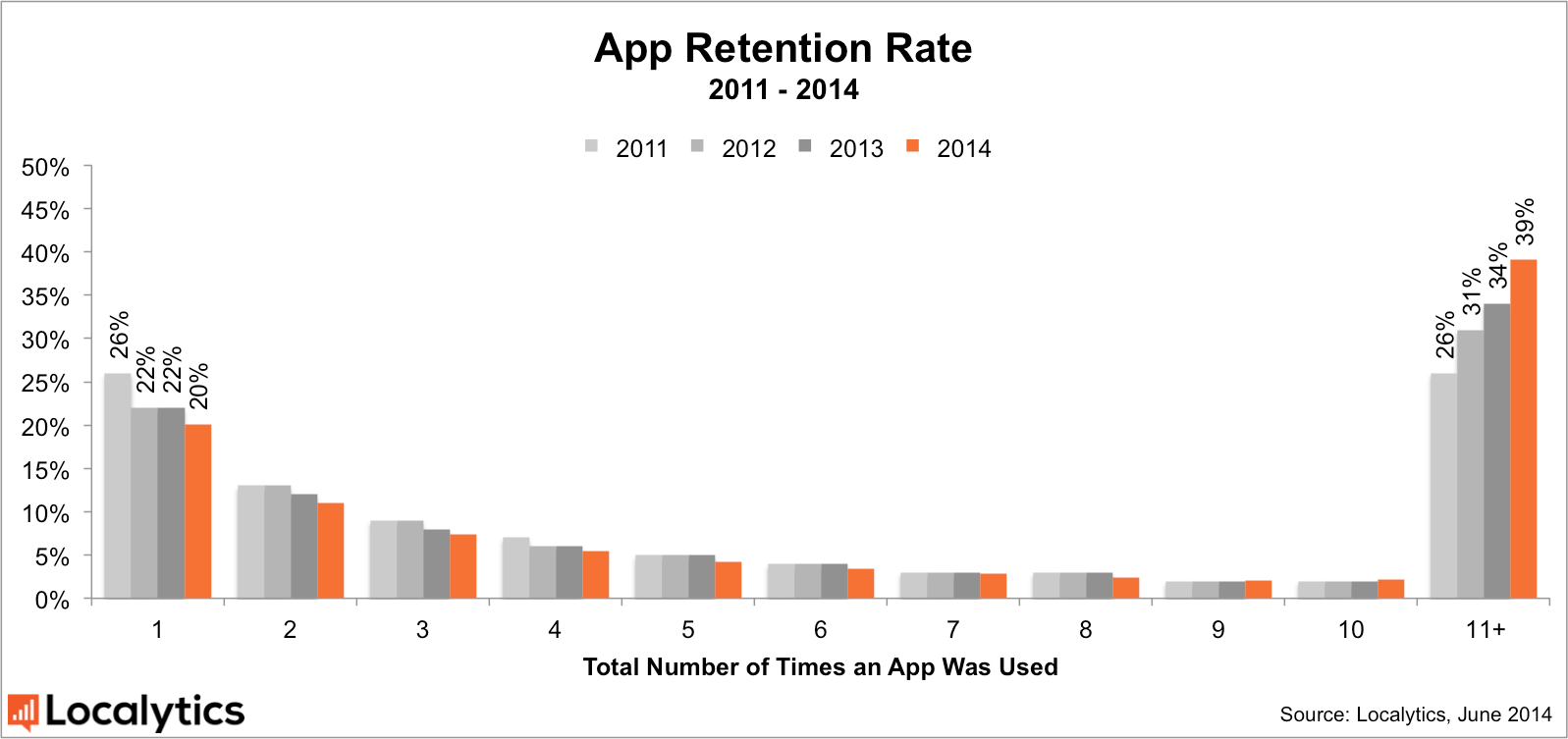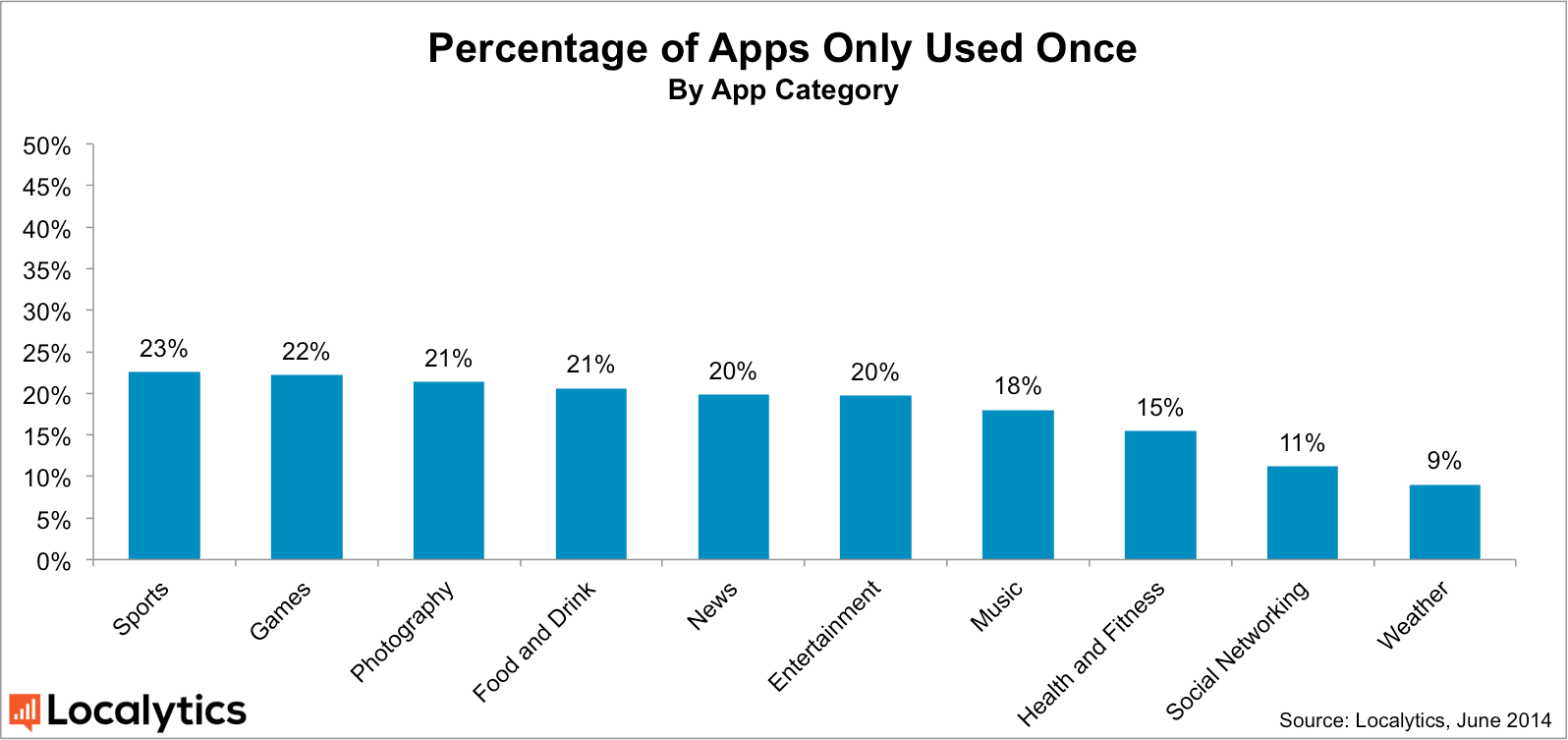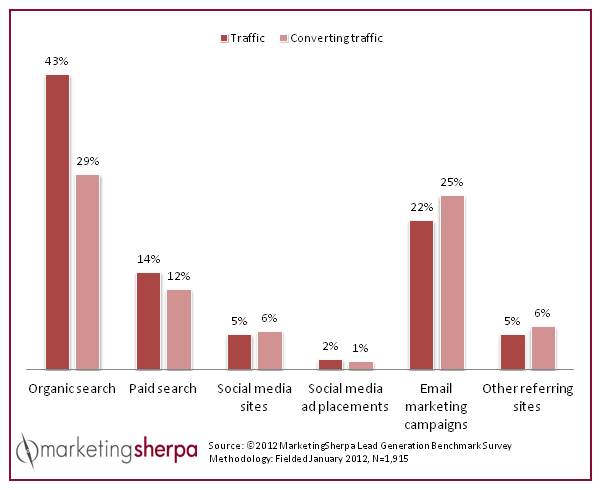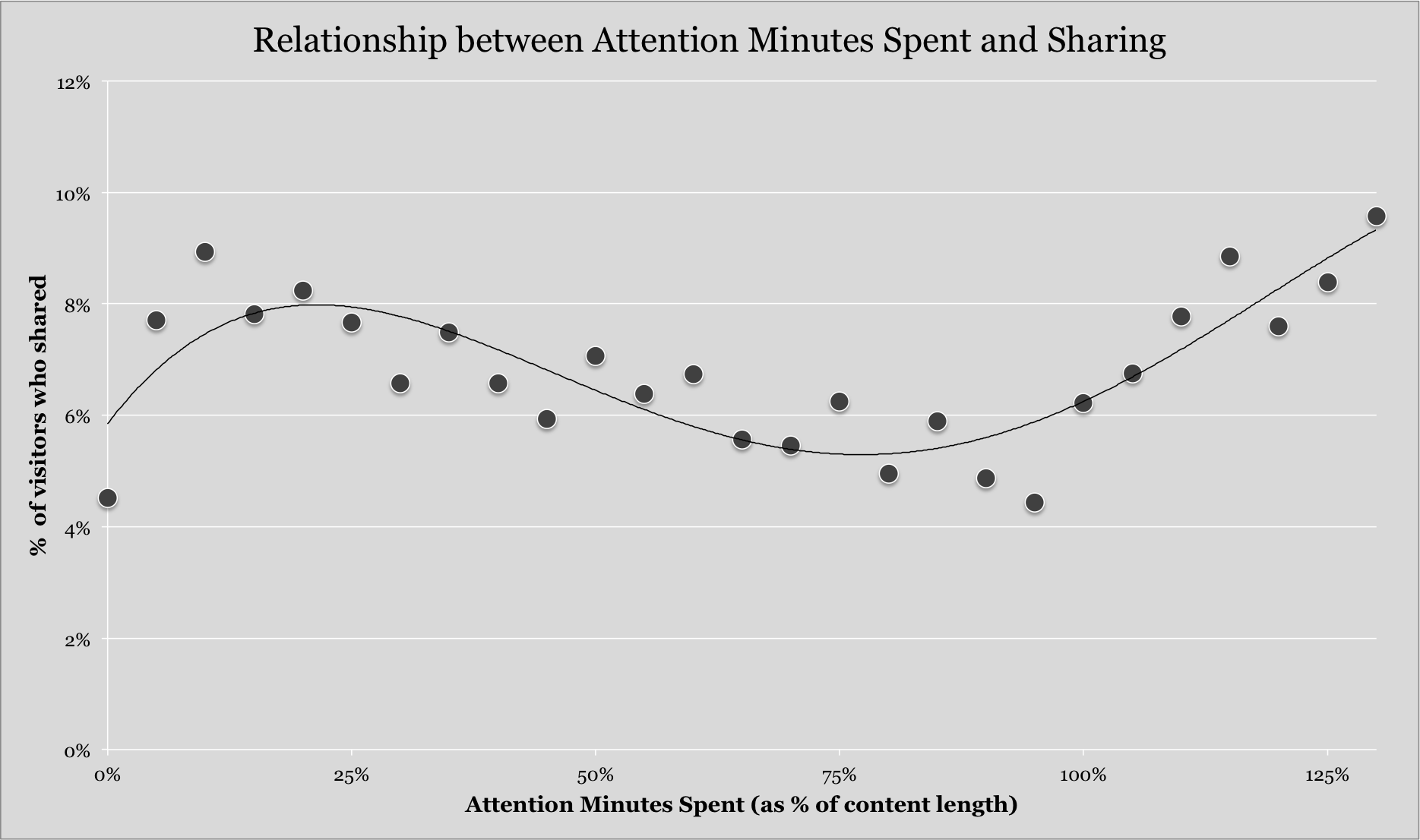Introduction to Digital Marketing Strategists
Digital marketing strategists is a recent talk of the town. One must be ready with the organized part of a website. As a digital marketing strategist, you need to have the latest SEO (search engine optimization), PPC (Pay per Click), and Conversion Rate Optimization (CRO) strategy in place. You must methodically track the unique visitors and implement the plan to meet the project needs.
Do all the client handling and reporting at the same time. We should consider the recent technological advancements, such as computers, smartphones, cell phones, tablets, and game consoles. Besides, websites, e-mail, apps, and social networks are vital facets one should handle adequately. The message must reach the target audience – make efforts to reach not just the target prospects but the decision-makers who make a purchase decision.
When creating digital marketing strategies, we still need to address some areas. Digital marketing strategists sometimes guesstimate and rely on intuition, and their strategies would become outdated without any touches of reality.
Below are seven cases where digital marketing strategists’ efforts need thorough supervision for two primary reasons – those have enormous implications for the industry, and people often ignore those. These seven facts will help digital marketing strategists see the unseen areas for significant improvements.
Facts for Digital Marketing Strategists
Following are the different digital marketing strategists:
1. Content is not the ‘king’ but the utility and interactivity
It has been risky to comment that the content is not the King. We have observed cases where websites received spamming and penalties for misunderstanding the phrase “content is king” and building unrelated links, thinking that unnecessary content is the ruler.
Fig 1: Segregation of content and no-content
The following sites are popular because they give persuasive, relevant, and consistent information to the audience, allowing them to interact and use the content as tools.
- com
- com
- org
- com
- com
- org
- com
- com
- org
- com
People can have the opportunity to create something with these tools – the essential sites prioritize tools, communities, and interactive platforms before the content. Facebook, Twitter, YouTube, BlogSpot, WordPress, and Wikipedia allow the target audience to make and distribute their content. Google permits people to search the whole web for information. Adobe and GoDaddy are essential tools that many web admins must use to have a website.
All these sites are well-known today, not just because they built the links or posted incredible link bait. The Mashable, Buzzfeed, and HuffPost do well, but they take second precedence.
Still, some digital marketing strategists do not believe sites like YouTube and Wikipedia get links because of their content. They consider content is not the only success factor in inviting natural links; it is simply a way to attract links with minimal resources. There is a shift towards resource-intensive campaigns, enterprise-level SEO content, and other valuable factors that dominate this situation.
- Apps, both web-based and mobile
- On-site forums and social networks (not off-site ones)
- Meme generators and parallel interactive tools
- Games
- Wikis
- APIs
We are now at such a level of digital marketing where the smallest amount of interactivity, which goes ahead of commenting on blogs, works well. A careful digital marketing strategist always takes advantage of this chance.
2. E-mail marketing turns out more effective than social media reach
Though social media is compelling, some digital marketing strategists think that e-mail marketing is more powerful than social media in reaching an existing target audience. In the words of Mailchimp, more than 21 percent of reach is there in the case of e-mail marketing, which in the case of social media marketing is only about 6 percent.
Fig 2: E-mail vs. Social Media
A study by Mailchimp found that average e-mail click-through rates nearly crossed 3.1 percent, while Twitter click-through rates in 2012 were only 1.64 percent, and now, it is even worse. Monetate studies show the average e-mail conversion rates are 3.19 percent, whereas the social media conversion rates are just 0.71 percent.
All these studies do not signify that social media could be better. It is very much effective. Social media is quite effective for viral marketing to reach influencers and new potential customers, but not existing prospects.
3. Being Mobile in case of one-third Web Traffic
While social media marketing has widespread popularity across the digital marketing world, people still need to find the greatness of the mobile medium. They strongly neglected this medium.
Fig 3: Mobile reaches more than web
Some Fortune 100 companies, in June 2013, had only 6 percent mobile-compatible websites. Things still have mostly stayed the same. For many accounts, this has been very serious. A 2014 StatCounter study shows a 31.08 percent of web traffic comes from mobile. On the other hand, Movable Ink states that tablets or smartphones open more than 66 percent of e-mails.
Nearly 30 percent of shoppers, as per the Quick Sprout study, will decline in any online transaction if the sites are not compatible with mobile. We see mobile as the new age of technology that should be given equal, or sometimes more, importance to the standard desktop and laptop.
4. Apps more than online
Digital marketing strategists often miss mobile Apps in their efforts to reach the target customers. All they are concerned with is the online marketing needs. But one study by Flurry in March 2014 found that 86 percent of mobile time is on mobile Apps, not online.
Fig 4: Brower n’ Apps
People considered apps unimportant once as the youth style statement. But that scenario is changed now. Mobile online traffic is increasing along with faster improvement in the usage of mobile Apps. Another study on US consumers shows that, on average, they spend 2.19 hours on Apps. And most of these Apps are connected to the internet, opening the obvious ways of inbound traffic.
5. Apps more than PCs
Nielson did a recent estimate that more than 29 hours per week, people are on the net through mobile Apps. Comparatively, they use 27 hours to access the web from their PC’s (personal computer) browser. And only 5 hours per week are spent accessing the mobile browser.
This figure might conflict when another study says, “30 percent of the web traffic is mobile.” It is just about the time spent, not the frequency of visits.
It indicates the importance of mobile Apps, which are equally effective in connecting to the internet as browsers like PC or mobile. Those still confused should start giving due credit to the mobile Apps and work on this. There is a significant shift in the use of the internet.
Fig 5: Mobile browser vs. PC browser vs. Apps
Earlier, people thought of it as an open sharing area. Still, with the advent of mobile Apps, those open areas have become a fenced sea of information, which would be accessible through mobile Apps and devoted to a handful of properties.
Below is a study done by Flurry that shows the segregation of time spent on different channels:
Fig 6: Time spent on iOS and Android connected devices.
This figure shows nearly 32% of Gaming, while social media received 28%, YouTube received 4%, and the rest of the 36% among entertainment, utilities, productivity, news, and other miscellaneous apps.
It is clear from the above demonstration that while small businesses cannot identify the potential of mobile Apps, big companies and a few major players, have already taken advantage of mobile Apps as the latest medium to connect to the internet.
Below are the Apps Retention Rates (ARR, i.e., the average number of times an individual used an app ) showing that while ARR is improving by 39%, people open these particular Apps 11 times or more. Please find some interesting data about ARR (Localytics study):
- The Apps usage percentage had been fixed at 20% in 2014, while in 2013, it was recovering by about 22%
- The Apps-opened-only-once percentage has progressively decreased by 6% in the last four years from 2011. By that time, 11 times people opened Apps just for one time (enhanced by 13%), picking to 39% in 2014
- Android has a more significant number of people opening an App for 11 times.
- An improved focus and realization of user involvement have made the developers create more valuable and customized Apps.
Fig 7: ARR (Apps Retention Rate).
Sports and Games have the maximum percentage of usage rate of 23% and 22%, correspondingly, whereas Social Networking and Weather apps have the most negligible percentage of apps only used once. The below find would give more insight into this:
Fig 8: Percentage of Apps used only once.
Though there is a terrific possibility in the world of Apps, developers must understand that only the creation of content Apps will not be sufficient to attain this height. The Apps need to be immensely genuine and modern. You can give Ads in mobile Apps as well.
6. The most significant volume of traffic and highest conversion rate through Organic search than any other sources
Fig 9: Organic search for converting traffic.
The Marketing Sherpa study reveals that organic search generates nearly 43%, but other data shows that 29% of the converting traffic is sourced. E-mail marketing sits in the second stage of converting traffic.
The study finding unearths:
- SEO is underrated. Such has been the case for a long as a huge source of revenue.
- Always proper branding is accountable for switching search traffic as SEO is the second most common tool the public uses to navigate to particular sites, after the direct sites.
- E-marketing proves to be very reliable in ensuring many conversions like the organic search.
- Organic social networking sites and other referral sites work best neck-in-neck
An adequately designed organic search engine strategy can reap the highest advantage by converting more search traffic, resulting in healthy profits.
7. Do not consider social media sharing is equal to user commitment
A traffic measurement company hints that only some people read the articles they share. You may be okay if you spend a lot of time online.
As per Upworthy’s report, some people are very prompt in sharing online stuff they like and do not even read what they share. While as per the Friday report in the Verge, the company Chartbeat investigated, “There is no correlation between people reading articles and tweeting about them.” The same trend is actually in the case of Facebook. Josh Schwartz, the Chartbeat data scientist, said,
“There is a correlation between the number of tweets and the total traffic volume that goes to an article. But this is not a relationship between mostly consumed and tweeted stories.
Another study found that people only read some of the links they posted on Twitter. The contradictory and striking figure indicates a massive social involvement: more than 3,600 tweets, 1,900 Facebook shares, 600 LinkedIn shares, and 1000 Google Plus shares. If true, the social stats could be more dependable indicators that anyone reads the posts before sharing.
Fig 10: Relationship between attention minutes spent and sharing.
Contrarily, Daniel Mintz, Upworthy, discovered that people involved with an online post were more likely to share it. MIT Professor Henry Jenkins puts it, “If it doesn’t spread, it’s dead.” Social sharing effectively assesses what the world cares about a post at any given time. Chartbeat’s data is related to only the reading time. Non-correlation is the average length of time a reader spends with each story. Clicks also come from mobile devices, where readers spend less time on the page.
So, we find a difference of opinions as long as someone shares a post on social media. The point in most cases is focused: just because a post is extensively shared does not mean readers read them before sharing and liking it. Similarly, someone could share a ‘genuinely read’ position.
Therefore, we are again back to square one – the usability of content is nothing if it doesn’t target the potential readers, who would become prospective buyers, or if at all targeted to the right audience, they did not spend the expected time on it before sharing. In this connection, it would be unethical to comment, ‘Content is not everything.’ It means to develop content that would finally make a difference in the form of Tweets, Facebook posts, and headlines.
Digital marketing strategists are now creating captivating, incredible, funny, eye-catching, relevant, stimulating, and small content, such as titled images, to promptly convey the essence of the inside story to readers when posting on Facebook. Pictures and infographics here play a decisive role in deciding the fate of those posts; people see first and then read and believe. The readers will quickly find exciting data, read it, and share it if they like it. These images will be linked to the ultimate blogs. The creation of blogs must be ethical and honest to serve the customers, and this would lead to audience retention.
Another crucial point is concise content. Many times, even though they like a post after initially reading a few lines but need more time to complete them. So, every time a bite-size piece of information is good, either in text or image links.
Conclusion
Having discovered all these neglected areas that require due consideration while working for digital marketing, successful digital marketing strategists must note that whenever they create digital marketing strategies, those should be in sync realistically with the marketing objectives they have set far. If they understand what they want to achieve, they must be able to find how they would need to chalk out their plan. Recheck every step correctly to spot any gaps. As digital marketing strategists, you grow with the number of projects handled successfully; map the following tasks quickly and fundamentally for more significant company advantages.
Recommended Articles
This is a guide to Digital Marketing Strategists. Here we have discussed a brief overview and seven facts that will help digital strategists see the unseen areas of major improvements. You may look at the following articles to learn more –

